Some time ago a friend who’s not particularly online asked me, “are you one of those people who have a Substack?” I replied that I had not one, but three.
The first is this one. The second was my defunct project to study scientific writing style. The third was The Classical Futurist. As of this week, I only have one remaining Substack: I decided to quit The Classical Futurist. So this is another breakup letter of sorts.
The Classical Futurist is what it says on the tin: it’s about the classics, i.e. classical antiquity, i.e. ancient Greece and Rome; and it’s also about the future. It began in 2021 as the natural evolution of a small online writing group I was a part of. For about a year there were three of us: Sachin, Caleb, and myself. Eventually Sachin left, and Caleb and I kept the publication going as a monthly thing, also involving guest posts. Now I’m leaving, and my understanding is that Caleb will keep the project going on his own, at least for now. I wish him luck.
There are several boring reasons for me to quit, like having a bit too much on my plate and caring more about writing on my personal blog (here) instead. But let’s focus on the non-boring reasons.
The initial impetus to write about classical antiquity and the future was that these topics are both fun and yet are rarely combined. The ancient world is, well, ancient, so it’s not intuitive to rely on it for useful insights for how our current world is going to evolve. Meanwhile, thinking about the future is nice and all, but is usually done by extrapolating from current trends, which can easily lead to bias: there might be some deeply unusual features of our current era that we don’t see because they’re “in the water,” so to speak, and yet won’t hold in the future. So we thought that deliberately taking a distant vantage point, that of classical antiquity, could help us come up with interesting ideas about what’s going to happen.
I still think that’s valid. The core idea behind The Classical Futurist, and the first out of a list of five principles I wrote for its About page,1 is that recombination is innovation. The future is basically always made of some kind of mix of the present and the past in various proportions. As I said elsewhere, retrofuturism is futurism done well.
And yet… deciding in advance what should be remixed is not a great recipe for success. The danger was always that we’d try to overfit the theme of antiquity with whatever current topic we wanted to write about. Or, conversely, that we’d make some sort of dubious link to the future after writing about some aspect of classical civilization.
I think I began to have my doubts about the validity of the project as early as April 2022, when I wrote LARPing Up the Wrong Tree:
(Not gonna lie, I’m really proud of that title)
This was a post about the dangers of doing something for the aesthetics alone, i.e. “LARPing.” I wrote:
My colleagues and I are not LARPing per se, but we write about antiquity primarily because it’s fun. However, antiquity isn’t necessarily the best frame to apply to all questions about the future. There’s a risk of missing an important insight because of trying to shoehorn a topic into the theme, or conversely of coming up with an insight from antiquity that has memetic potential but isn’t actually true or good. If our goal is to pursue truth, then we must be careful about any bias coming from our aesthetics.
The truth is, The Classical Futurist, like most antiquity-themed things, is entirely an aesthetic project. This isn’t a bad thing! Most things worth doing are, at least in part, an aesthetic project! But for me the problems began when I… stopped liking the aesthetic, basically.
It’s not that I don’t like the classics, or ancient history — evidently I do. But something started bugging me about the idea of finding links between them
(There’s also the association of classical aesthetics with some annoying trad accounts on Twitter,2 which frankly I don’t care much about, but I guess they did make classical antiquity a tiny bit less tasteful to me.)
Most of my posts after the LARPing one can be interpreted as me trying to break free from the cage of what “a Classical Futurist post” should be. I wrote about Carthage to deliberately not write about Greece and Rome. I wrote about deliberately broad concepts of Western civilization. I even wrote about Aztec philosophy! And I wrote directly about aesthetics, in what was by far my most influential essay on that publication and on that topic:
Essentially, The Classical Futurist had merely become a distinct place for me to write about whatever, in addition to my main personal blog, with the added detail that I benefitted from Caleb’s excellent editing. But I wasn’t excited about it. I’m glad it allowed me to explore antiquity far more than I ever did (I am not a classicist, I’ve barely read any of the works, and I’m only an extremely amateur historian, which means I read a lot of history but it’s all Wikipedia). But at some point I was done with that topic.
The publication and I drifted. If it were just me, then whatever, I’d just do what I want. But The Classical Futurist is a collective project, and it has an audience, and a few guest posts, and all of that revolves around something I don’t care about enough anymore.
So, I’m signing off.
The Classical Futurist, I was saying, is an aesthetic project. And accordingly, we collected, along the way, a moodboard. Each time I found a piece of art that combined classical antiquity with futuristic vibes or tech, I added it in.
As a way of concluding my Classical Futurist adventure, here’s a selection of the finest artwork.

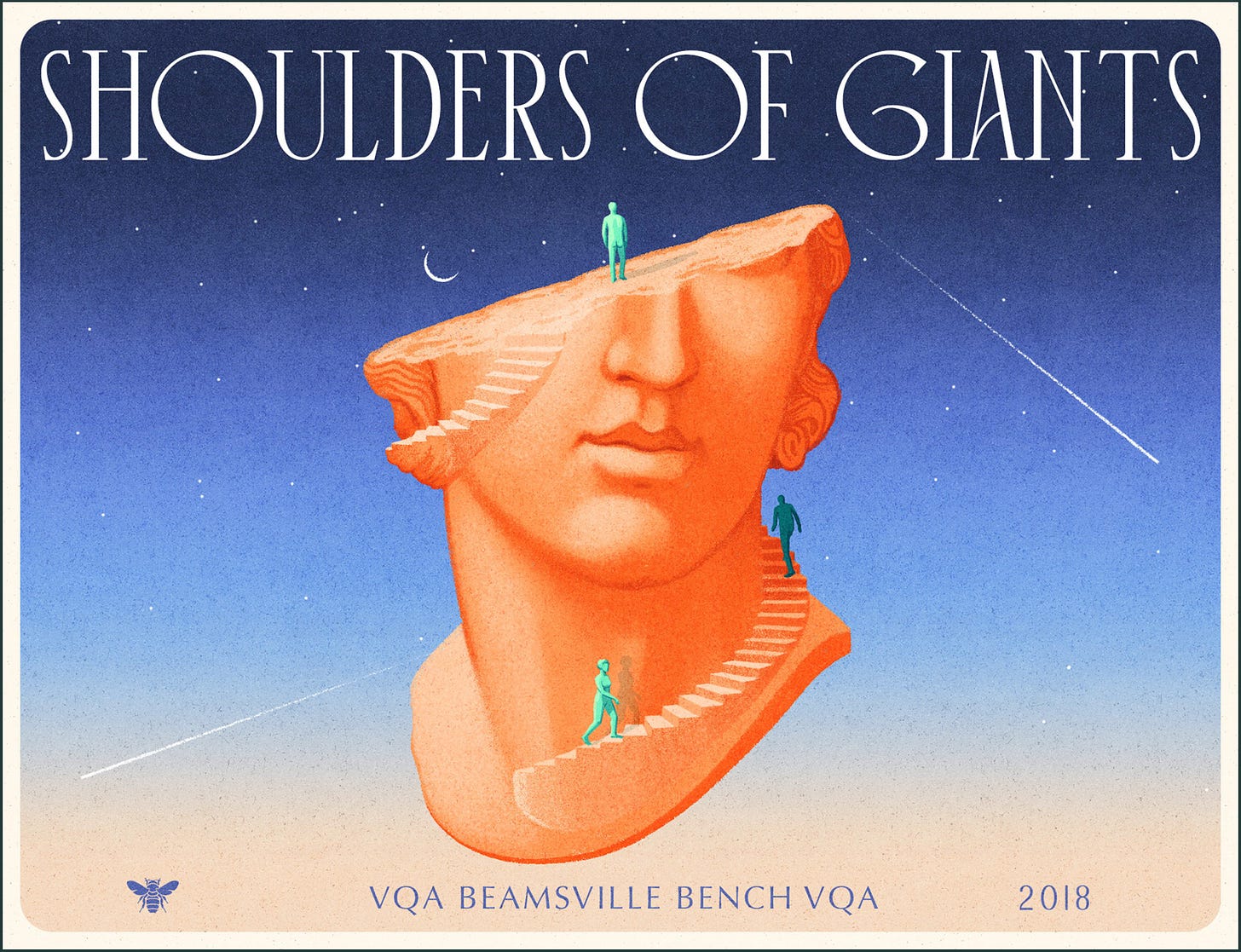

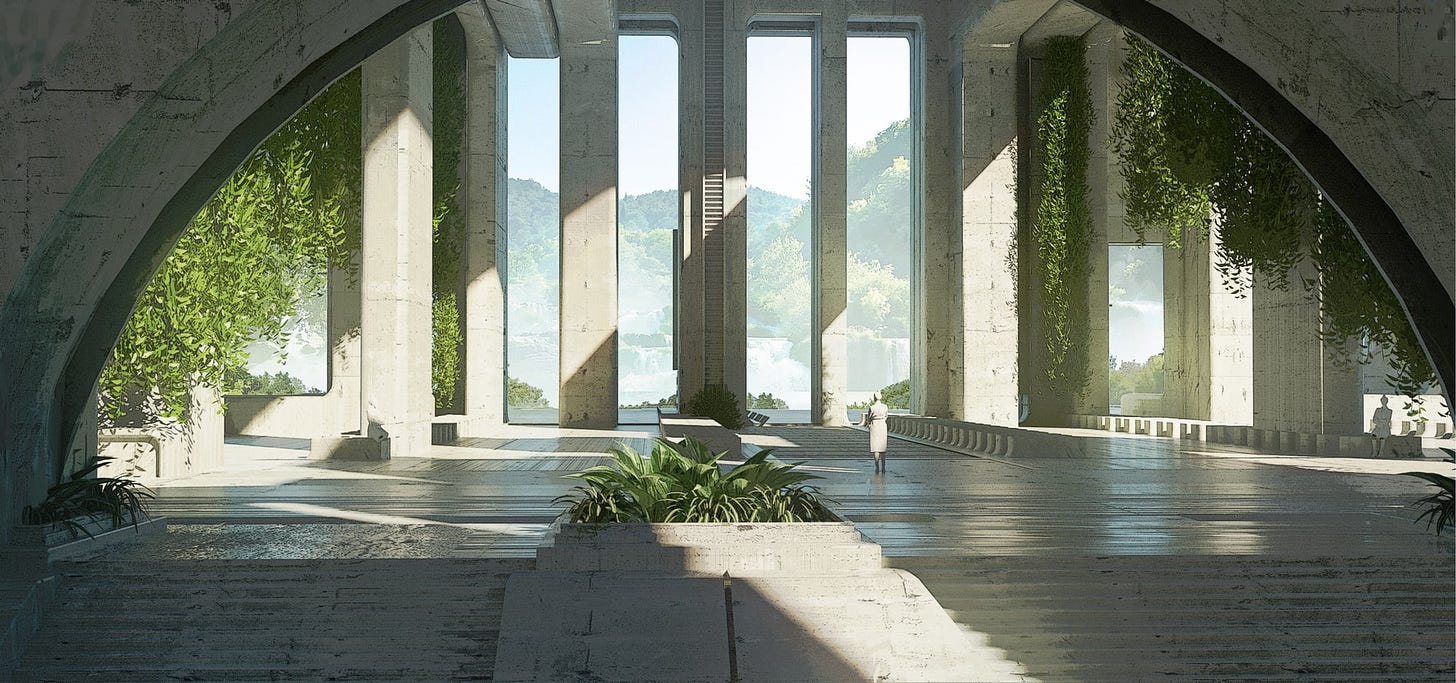
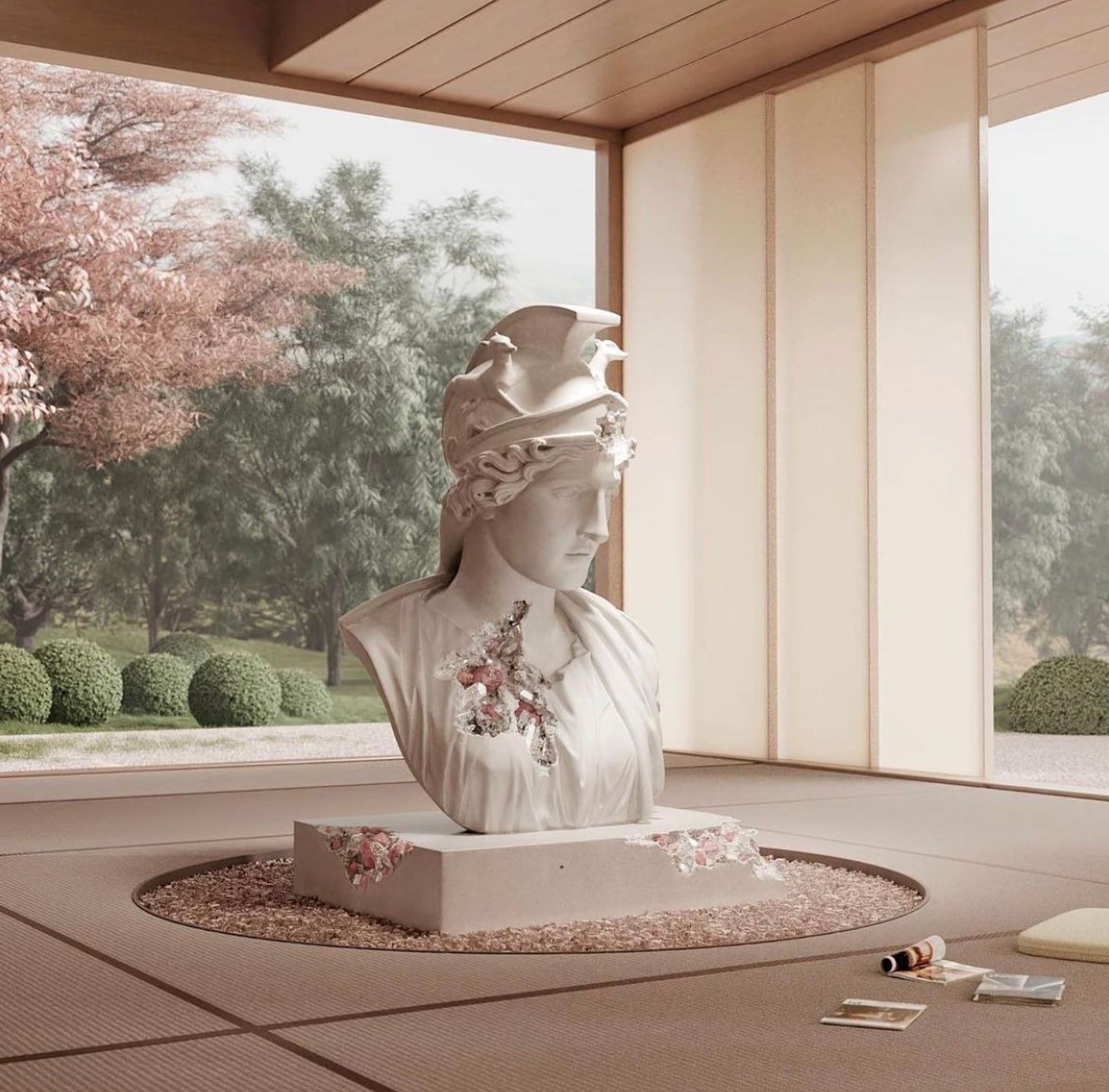


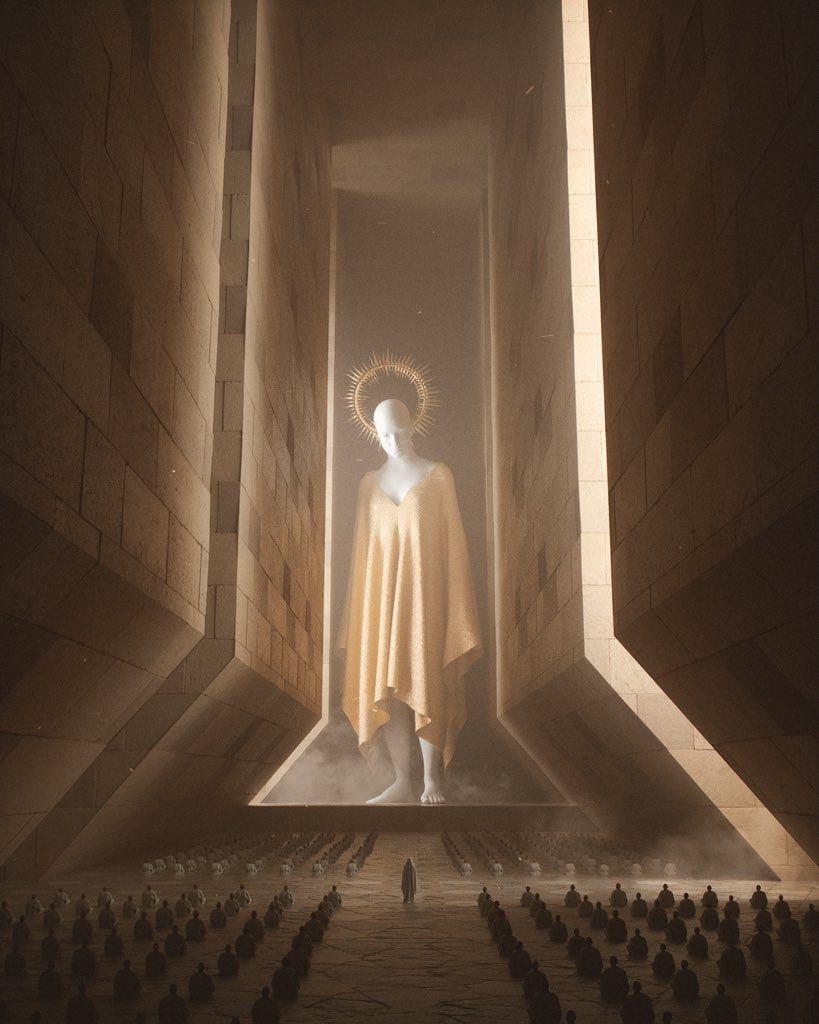


The full list of principles is:
Recombination: Cultural revivalism is a form of innovation, because it recombines the past and the present to create something new;
The value of history: To think well about the future, it is worth thinking about the far past;
Civilizational improvement: The West, a civilization born from ancient Greece and Rome, can do more good for the world, alongside other great civilizations, if it plays its cards right;
Nuance: We strive for nuance in everything, but do not hesitate to defend our ideas fiercely;
Diversity of thought: We are interested in all schools of thought, from modernism to traditionalism, from wokism to effective altruism, but we do not strongly identify with any of them.
I think that’s a solid set.


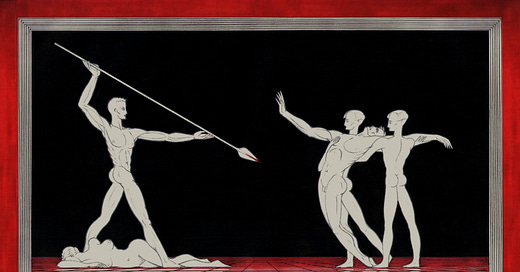






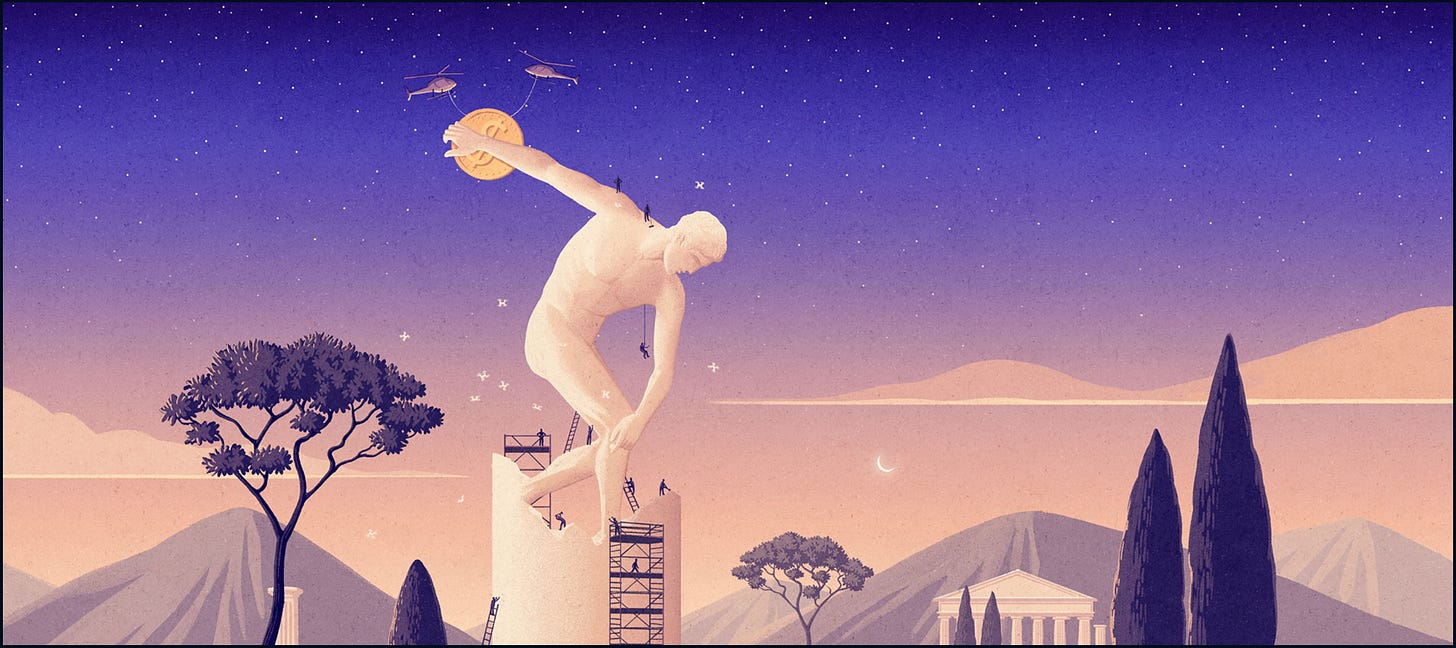

Looks like the purple statue's source (at least the source of its most recent color edit) is:
https://www.pinterest.com/pin/28217935157328538/
Note the extremely grainy watermark in the top-left, that says "CEZIY97".
***
The second image's source is Stuart Lippincott's Temple of the Sun:
https://www.instagram.com/p/CK9OE7Kh830/
You can see more here, including a lot of pieces in the same style:
https://www.behance.net/stuz0r
And he did an animated version of that same scene later:
https://www.instagram.com/p/CqsvWobAjeH/
Or if you scroll down a bit at:
https://www.behance.net/gallery/169536415/April-Everydays-2023
I found these two through google image search, it seems to work quite well.